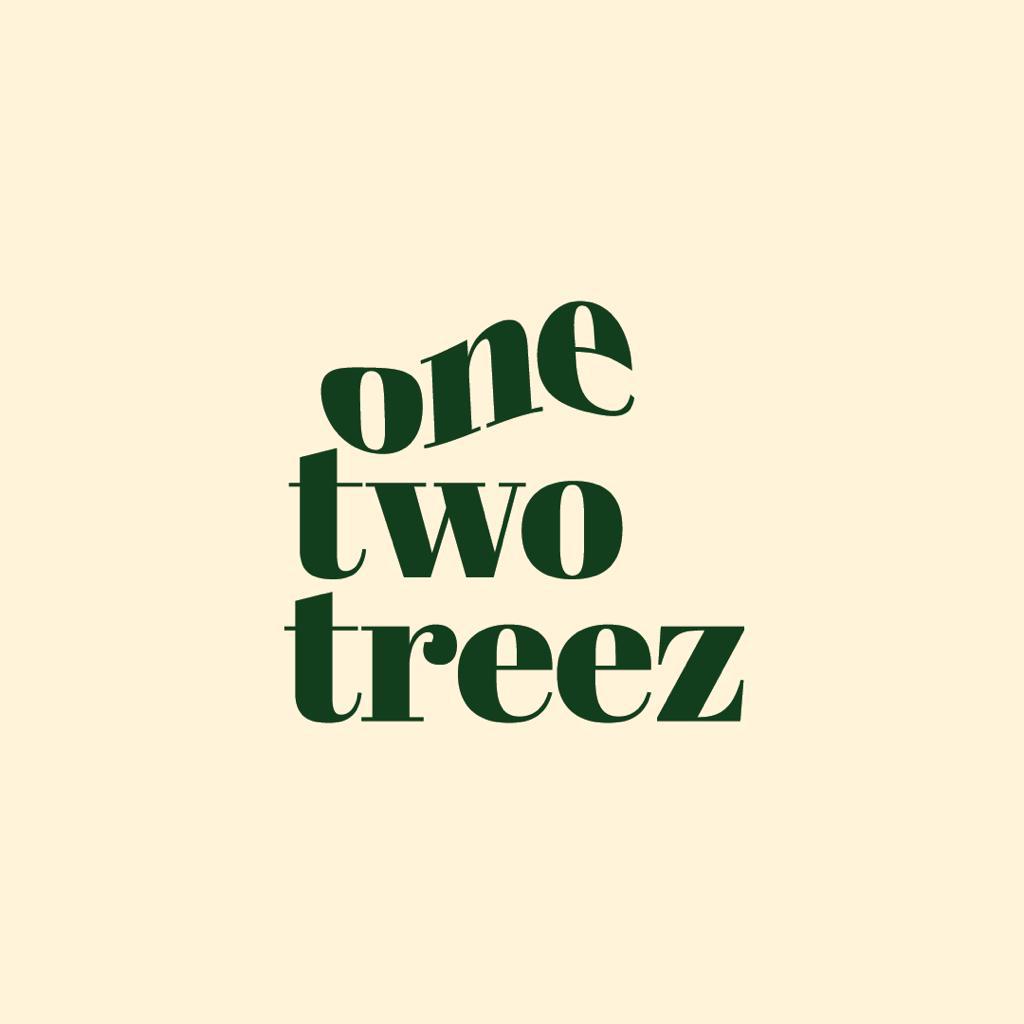Educational
History Of Marijuana
History of Marijuana
Marijuana, also known as cannabis, pot or weed has an extensive history of human use. In ancient cultures, plants were not used for its hallucinogenic effects rather as herbal medication. Cannabis cultivation in North America dates back to the early colonists.
Cannabis or hemp plants originally evolved in Central Asia. It was later introduced the plant to Africa, Europe and eventually the Americas. Hemp fibers were used to make clothing, paper, sails, ropes, and its seeds were used as food.
Its ease to cultivate and fast growing nature, it was widely grown throughout America and at Spanish. Early plants had very low levels of THC, the chemical responsible for its mind-altering effects.
There is evidence that ancient cultures knew about the psychoactive properties. They may have cultivated some varieties to produce higher levels of THC for use in religious ceremonies or healing practices. As evidence, burnt seeds have been found in the graves of shamans in China and Siberia from as early as 500 BC.
By the late 1800s, extracts of the cannabis plants were sold throughout Europe and the United States to treat stomach problems and other ailments.
Scientists later discovered that the THC compound played a big role in marijuana’s medical properties. THC is found to interact with areas of the brain that are able to lessen nausea and promote hunger.
In today’s world, studies are still ongoing about the benefits and risks about the use of marijuana. Although it is now readily available to us in Canada, in other parts of the world there is still an on-going stigma regarding cannabis usage.
To learn more about the benefits of marijuana, please take a look at our previous blog about the medical uses of marijuana.


